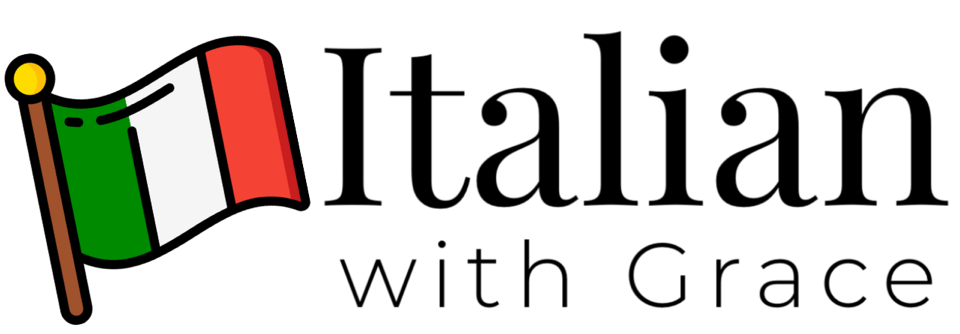Passato prossimo o imperfetto?
Difference bewteen passato prossimo and imperfetto

Passato prossimo → punctual / unusual / temporary / concluded actions
The passato prossimo is used for actions happened in the past and that have a start and an end. The passato prossimo, unlike the present perfect in English, is also used to describe an action that took place at a specific time.
Esempio: L'anno scorso ho visitato Roma
The passato prossimo is used for actions happened in the past and that have a start and an end. The passato prossimo, unlike the present perfect in English, is also used to describe an action that took place at a specific time.
Esempio: L'anno scorso ho visitato Roma
Imperfetto → repetitive / habitual / continuous actions / contextual situations
The imperfetto is used for actions that used to happen or happened in the past and have not a clear start / end. They are likely carried out for a continuous or undetermined period of time.
The imperfetto is also used to simply describe something in the past: the weather or the time, how a person was feeling or thinking...
Imagine the imperfetto as a line, indicating a duration. We are interested in the fact that the action or the state lasted for some time; we do not describe the action as completed, but in its development.
Esempio: Da piccolo andavo sempre a scuola in bicicletta
The imperfetto is used for actions that used to happen or happened in the past and have not a clear start / end. They are likely carried out for a continuous or undetermined period of time.
The imperfetto is also used to simply describe something in the past: the weather or the time, how a person was feeling or thinking...
Imagine the imperfetto as a line, indicating a duration. We are interested in the fact that the action or the state lasted for some time; we do not describe the action as completed, but in its development.
Esempio: Da piccolo andavo sempre a scuola in bicicletta
TIP! When in doubt to use the imperfetto, ask yourself if "used to" would be a good translation.
In that case, it is the right tense to use.
In that case, it is the right tense to use.
In many cases the passato prossimo and the imperfetto can be both used: all depends on what you want to express.
Da bambino avevo i capelli lunghi → imperfetto, referring to a continuous state throughout the childhood.
Da bambino ho avuto i capelli corti → passato prossimo, referring to a specific period of the childhood.
Da bambino avevo i capelli lunghi → imperfetto, referring to a continuous state throughout the childhood.
Da bambino ho avuto i capelli corti → passato prossimo, referring to a specific period of the childhood.
Simultaneous past actions
If in a sentence there are two actions having place at the same time, we can have:
1. imperfetto + imperfetto → Mentre cucinavo, mia madre apparecchiava la tavola.
2. passato prossimo + passato prossimo → Quando è arrivato a casa, ha sorpreso tutti.
3. imperfetto + passato prossimo (or viceversa) → Mentre leggevo, ho ricevuto un messaggio sul cellulare.
(The imperfect "of situation" constitutes the background on which, in the foreground, the facts expressed by the passato prossimo take place).
1. imperfetto + imperfetto → Mentre cucinavo, mia madre apparecchiava la tavola.
2. passato prossimo + passato prossimo → Quando è arrivato a casa, ha sorpreso tutti.
3. imperfetto + passato prossimo (or viceversa) → Mentre leggevo, ho ricevuto un messaggio sul cellulare.
(The imperfect "of situation" constitutes the background on which, in the foreground, the facts expressed by the passato prossimo take place).
